Course summary
This course will be most useful for proficient generalist teachers of middle (years 3 & 4) and upper (years 5 & 6) primary, and for STEM secondary teachers, specifically science and design and technology subjects.
How to Use Digital Tools for Effective STEM Learning in the Classroom is designed for educators in middle to upper primary and STEM secondary classrooms, offering practical tools and strategies for integrating digital technologies into teaching. Whether you’re a science, design, or technology teacher - or even a generalist or English/arts educator - this course will help you use innovative digital tools to enhance student engagement and learning outcomes.
Explore platforms like ShowMe, Scratch, Tinkercad, Merge Cubes, and Machine Learning for Kids, and discover how to use them to promote learning equality, foster creativity, and deepen understanding of STEM concepts. Perfect for both experienced teachers and those looking to expand their practice with digital tools.
You will learn:
In this course, you will find out how digital technologies can be used to improve learning equality in the classroom.
- What STEM & PBL look like within a classroom setting.
- How to personalise, empower and motivate your students using STEM.
- What are STEM/PBL mindsets and how to foster them in your classroom.
- How to use common STEM technologies such as MergeCubes, Scratch & TinkerCad.
- How to create your own unplugged STEM/PBL digital activities.
Course time:
This course will take you 2 hours to complete. Enjoy it in one session or spread it out over a few weeks. You will have ongoing access via your personal dashboard.
Accreditation:
This course is mapped to the Professional Standards for Teachers. It is accredited for teacher professional development hoursies:
Proficient Teacher – all states and territories except ACT:
- 3.3 Select and use relevant teaching strategies to develop knowledge, skills, problem-solving and critical and creative thinking.
- 4.1 Establish and implement inclusive and positive interactions to engage and support all students in classroom activities.
This course is not currently accredited in the ACT (TQI). However, it can be counted towards teacher identified learning hours (ACT).
Save
Course Content
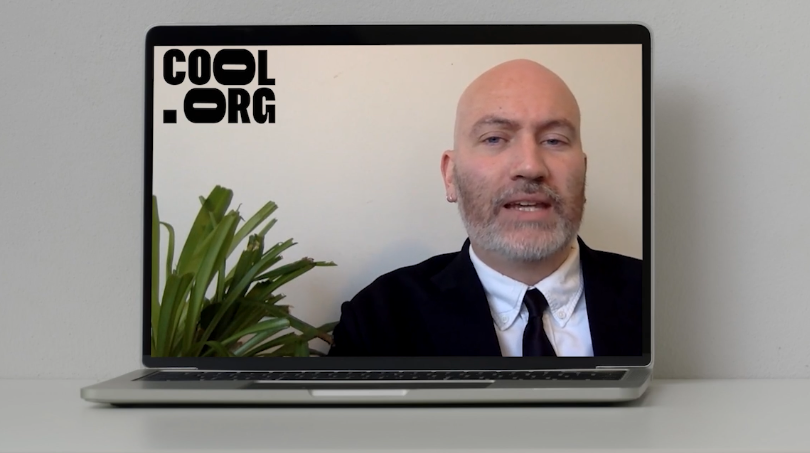
Getting Started
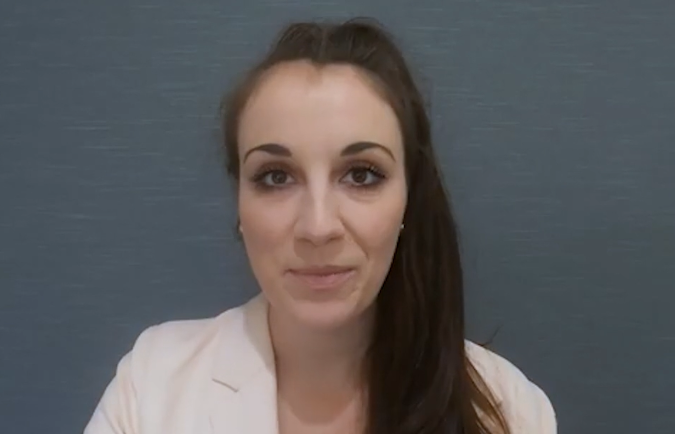
Fostering Creativity through ShowMe
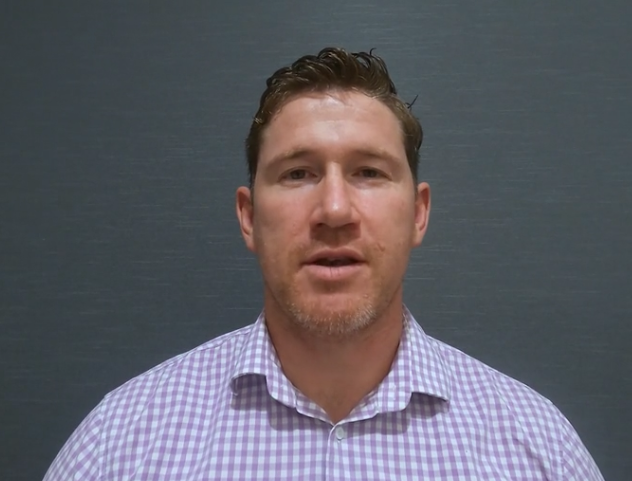
Digital equality with Scratch
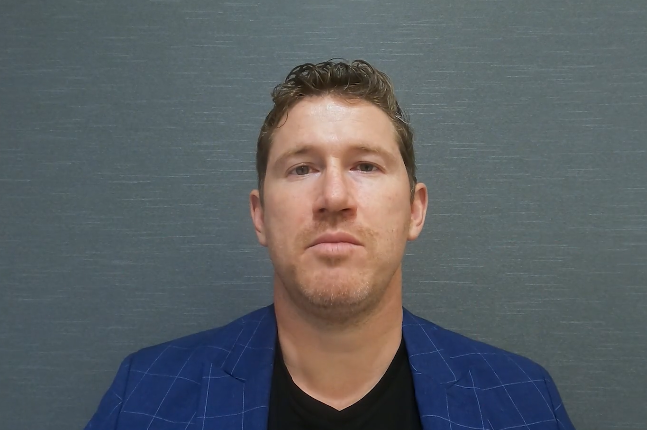
Growth mindset with Tinkercad

Visual literacy and numeracy responses with Merge Cubes

Artificial intelligence with machine learning for kids
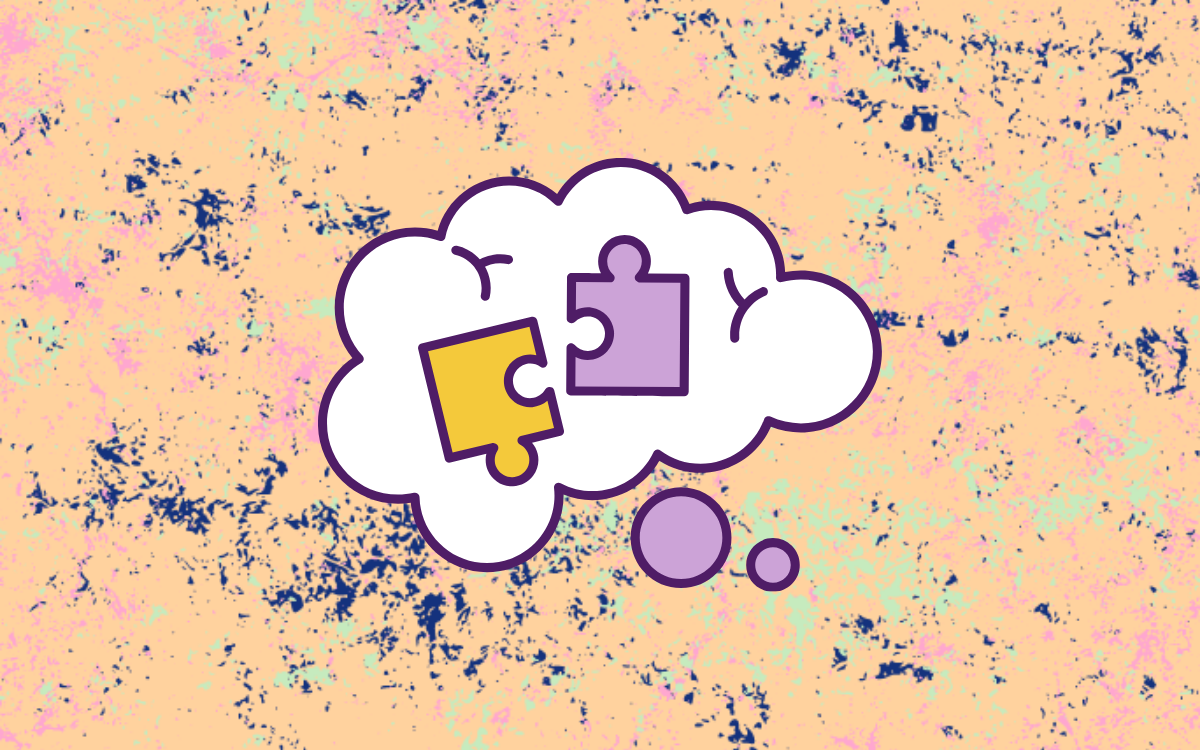
Reflection
Course instructors
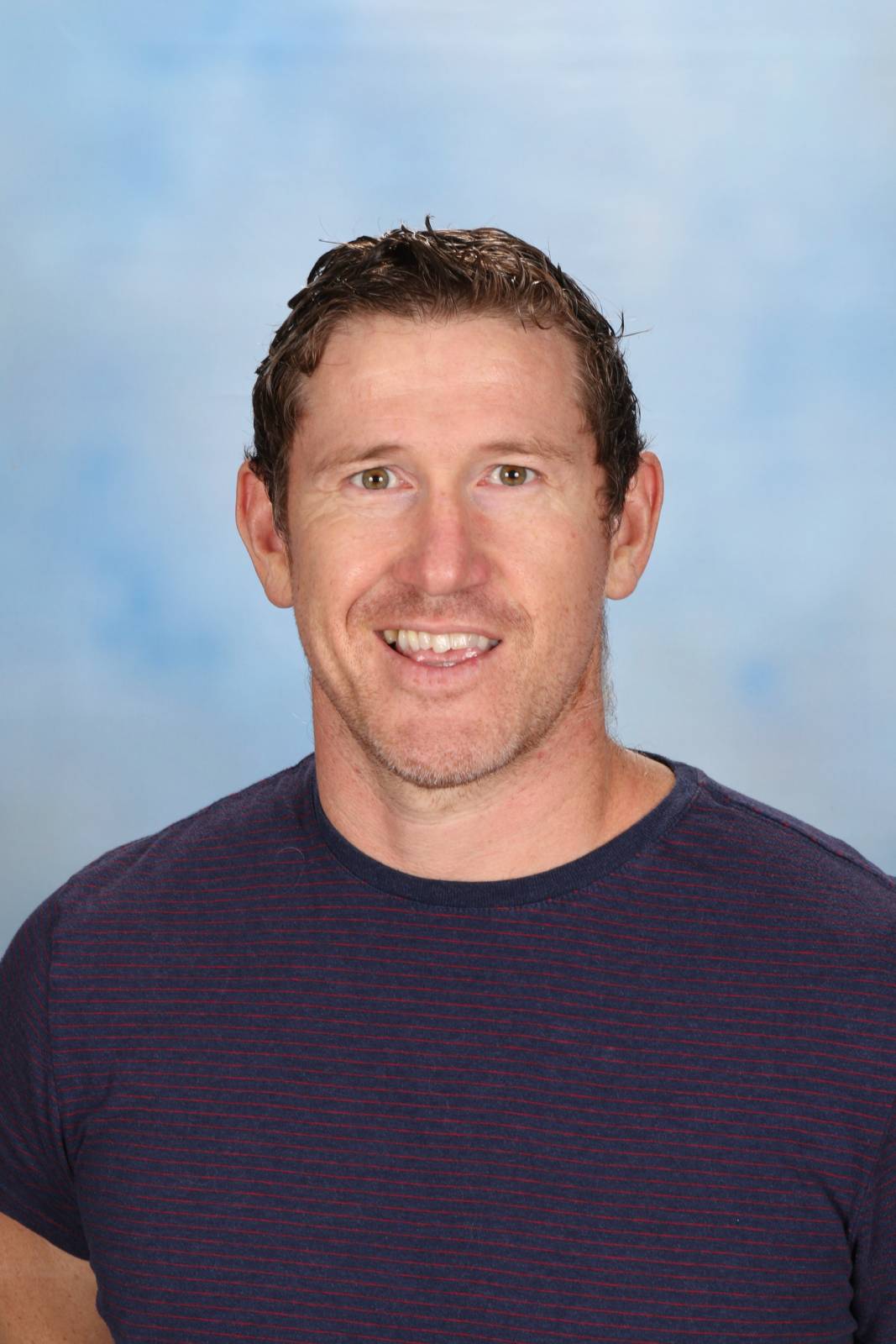
Nick Pattison is a world-leading STEM educator with a focus on the primary years of education. He is currently pursuing his doctorate of education at the University of South Australia exploring the application of virtual reality environments to enhance learning in Maths, design thinking and Indigenous knowledge systems. He has extensive experience developing world-leading STEM education programs where community, industry and schools work together, which has resulted in several peer-review published papers, industry used products and the development of commercially viable intellectual property.

Lauren Sutherland is currently working in a STEM specialist teaching role, in Melbourne, Victoria. She is leading collaborations and co-presenting with international educators from as far away as Brazil, San Diego, Hawai’i, New York and New Zealand. Lauren values connecting with the local community, especially Indigenous groups. She has recently collaborated alongside local Indigenous groups to use Virtual Reality (VR) to represent an Indigenous Acknowledgement of Country and has used Augmented Reality (AR) to support students in forming a response to visualise their understanding of Indigenous knowledge and systems. Lauren also co-presented at the 2021 Deeper Learning Conference for High Tech High. In this session, she explored how students can use 3D modeling to create Indigenous place-based metaphors to represent growth mindset. Lauren aspires to help educators and other professionals embed STEM across the curriculum, alongside other specialist subjects and areas, especially in primary school settings.
Frequently Asked Questions
How long will this take to complete?
This course will take you 2 hours to complete. Enjoy it in one session or spread it out over a few weeks. You will have ongoing access via your personal dashboard.
Will I get proof of completion?
You will get a Cool.org certificate when you finish, which you can access any time via your personal dashboard, it will also be sent to you by email.
Is this course accredited?
This course is mapped to the Professional Standards for Teachers. It is accredited for teacher professional development hours:
Proficient Teacher – all states and territories except ACT:
- 3.3 Select and use relevant teaching strategies to develop knowledge, skills, problem solving and critical and creative thinking.
- 4.1 Establish and implement inclusive and positive interactions to engage and support all students in classroom activities.
This course is not currently accredited in the ACT by TQI. You can however upload this professional development hours yourself as part of teacher identified learning hours.
What are the curriculum links?
- English, Mathematics, Science, Design and Technology
- General capabilities: Critical and Creative Thinking
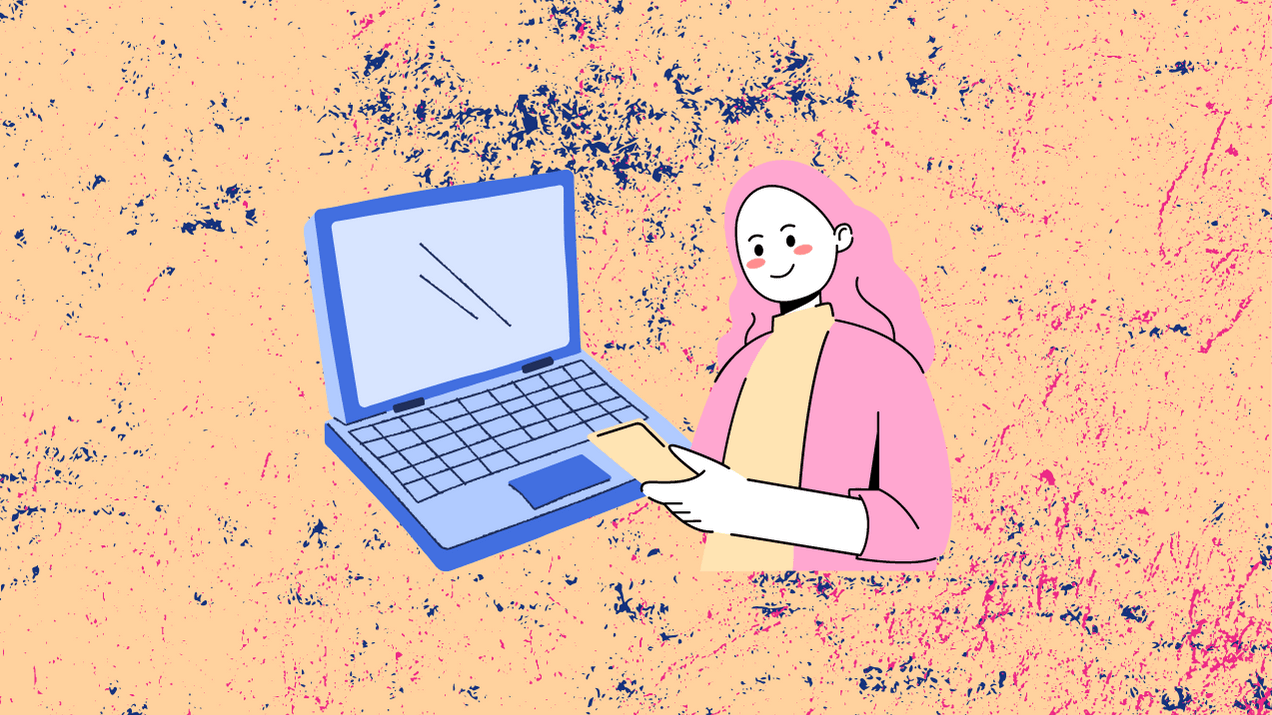
Welcome back!
Don't have an account yet?
Log in with:
Create your free Cool.org account.
Many of our resources are free, with an option to upgrade to Cool+ for premium content.
Already have an account?
Sign up with:
By signing up you accept Cool.org's Terms and Conditions(Opens in new tab) and Privacy Policy(Opens in new tab).